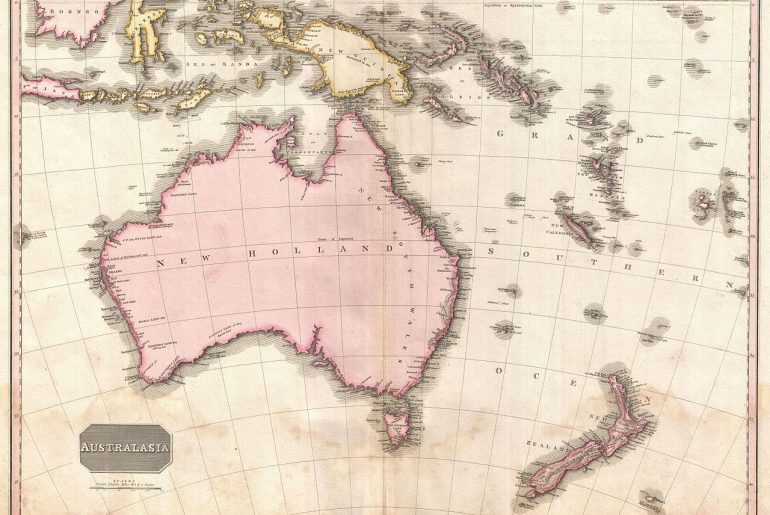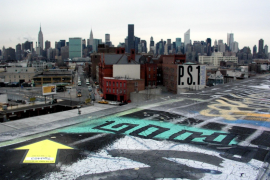I’m travelling at the moment, lucky enough to have been in Australia, and now in New Zealand. At the start of some of the talks I’ve given out here, while the session is being introduced, some academics will give a mention to the indigenous peoples who’s lands have been variously occupied, forgotten, remembered, or generously offered so that we might gather there. It’s something you increasingly hear in Canada too, though I’ve never heard it in the States (maybe it happens at some institutions? I’d love to hear about it if so); I have no doubt the same politics of loss, theft, neighbourhood, and truce are present at a great many (most?) places across the globe, unevenly acknowledged.
You can’t help but be struck by the different stories that we tell about the landscapes we inhabit once it’s called to mind: “this is the economics and sciences building, and it’s also sacred land, a fact we shouldn’t ever forget.” It’s also where John and Tiffany met, where Edith and Jerome broke up, where that kid tripped downstairs in the middle of class this one time, where the first brick of the university was placed, where the buyers made the final deal to turn this campus into flats next year. It’s that hideous building, the one with the beautiful architecture, where all those uni twats go, where I want to go someday, where I teach, where I learn, where I hide when it gets too much. It’s different than in my day, light year’s from mum’s, it’s boringly familiar, it’s home. They found a near-complete skeleton when they laid the foundations; it halted building for two years while they dug.
This sort of simultaneity aches. It presses at the boundaries of our comprehension. It’s not something you can tease out, not really; the stories swirl around us, mix with one another to become the place. Elements overlap, distort, restructure, and mediate one another, sometimes occluding aspects for decades, sometimes seemingly destroying one another, sometimes simply changing each other forever. As Doreen Massey puts it:
what gives a place its specificity is not some long internalized history but the fact that it is constructed out of a particular constellation of social relations, meeting and weaving together at a particular locus. . . . Instead . . . of thinking of places as areas with boundaries around, they can be imagined as articulated moments in networks of social relations and understandings, but where a larger proportion of those relations, experiences and understandings are constructed on a far larger scale than what we happen to define for that moment as the place itself, whether that be a street, or a region or even a continent. And this in turn allows a sense of place which is extroverted, which includes a consciousness of its links with the wider world, which integrates in a positive way the global and the local (Doreen Massey, “A Global Sense of Place,” From Space, Place and Gender. Minneapolis: University of Minnesota Press, 1994).
Massey is interested, here, in the ways in which all places, in their being made of the performances of social relations (and particularly obviously in multicultural and well-travelled societies), all places are connected to the wider world. Experience of place, then, becomes something co-constructed; rather than place being something immanent in a boundaried location it instead becomes the palimpsetuous product of every voice that passes, and has passed, through. Our sense of a place is the relative fixity of this mutating mesh, and ambient literature explicitly responds to this knowledge whilst recognising its distinctive character and intensification in our current media moment; in this way it functions synecdochically with the existing layers of experience, revealing, performing, and contributing to the entangled strata that make up the world.








